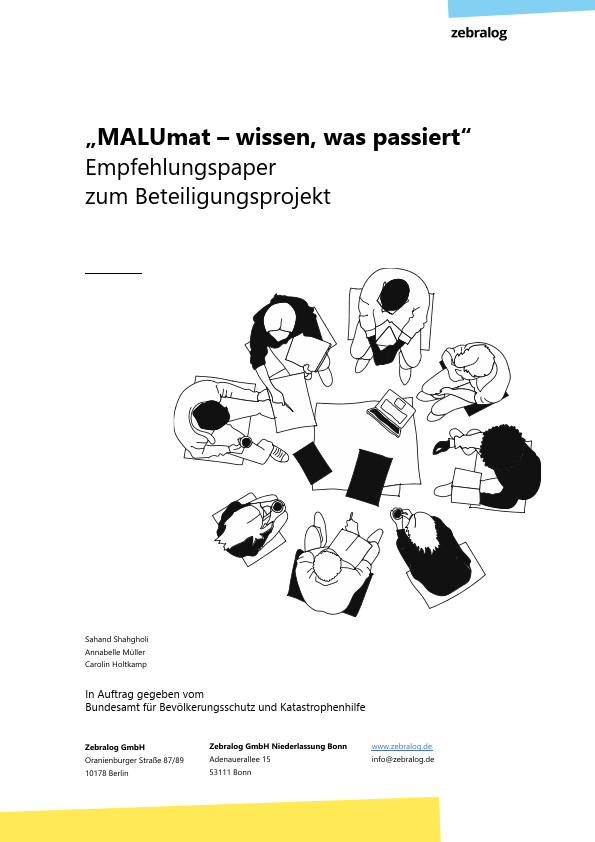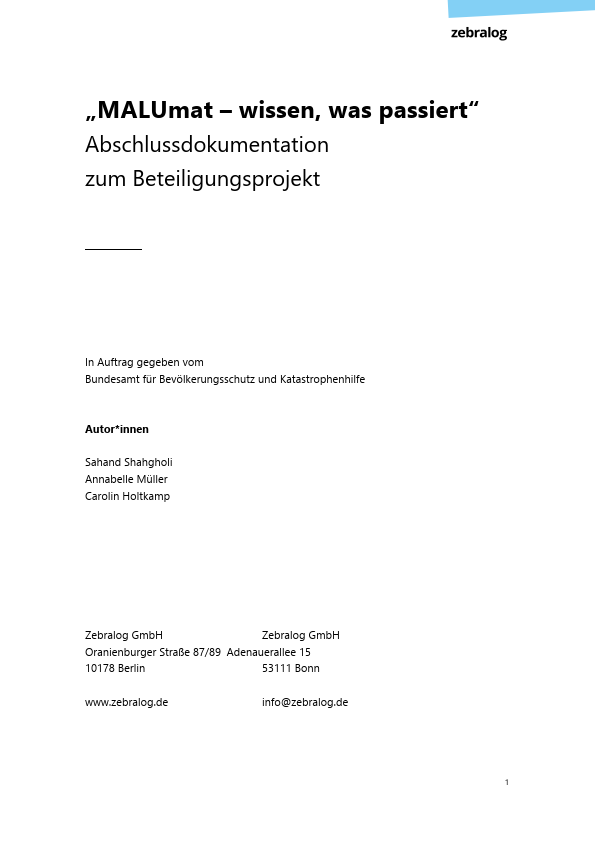We support warning authorities in identifying the needs and resources of the population in their warning area and in taking the warning of the population into account in public relations work. We have developed a number of publications on these topics and offer them:
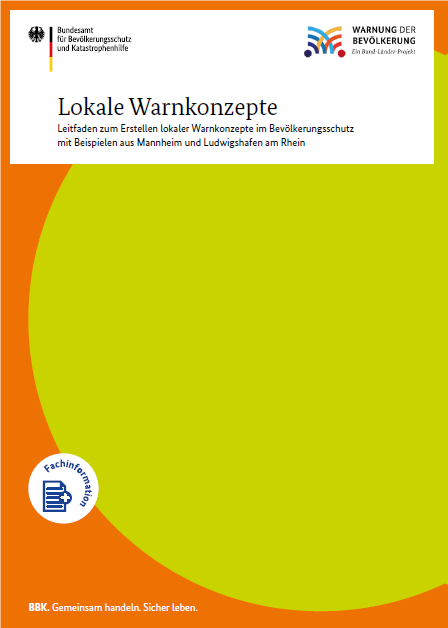
NEU: Lokale Warnkonzepte – Leitfaden zum Erstellen lokaler Warnkonzepte im Bevölkerungsschutz mit Beispielen aus Mannheim und Ludwigshafen am Rhein / (NEW: “Local warning concepts – Guideline for the preparation of local warning concepts in civil protection with examples from Mannheim and Ludwigshafen on the Rhine“)
The guidelines serve as a guidance for warning authorities and organisations and as a basis for a comon warning concept of the Federal Government and the Länder, which is intended to improve the effectiveness of warning messages.
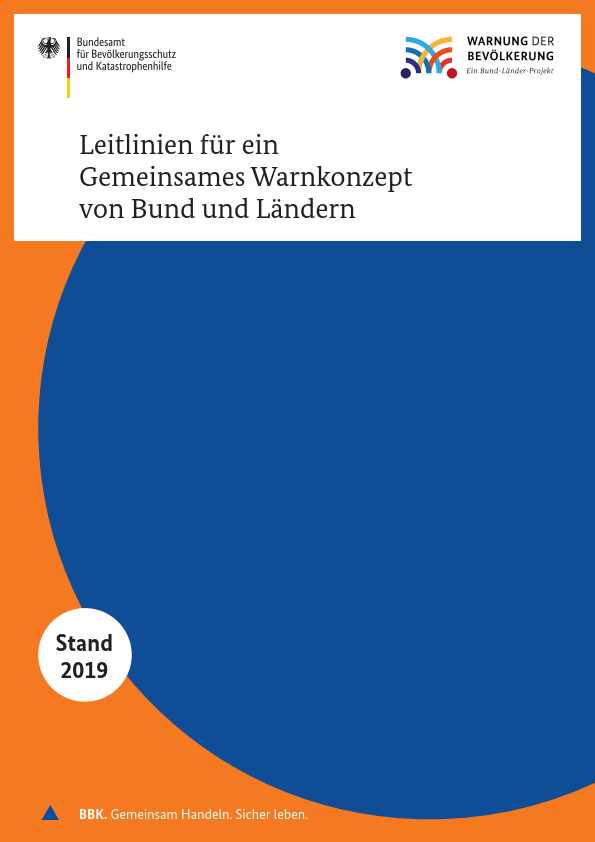
Leitlinien für ein Gemeinsames Warnkonzept von Bund und Ländern / (“Guidelines for a common warning concept of the Federal Government and the Länder”)
The guidelines serve as a guidance for warning authorities and organisations and as a basis for a common warning concept of the Federal Government and the Länder, which is intended to improve the effectiveness of warning messages.
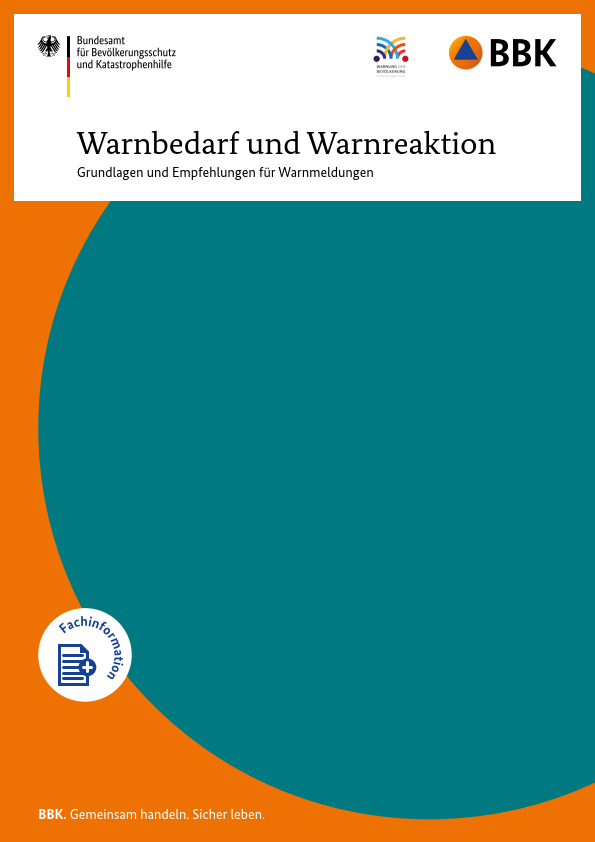
Warnbedarf und Warnreaktion – Grundlagen und Empfehlungen für Warnmeldungen / (“Warning needs and warning response – foundations and recommendations for warning messages”)
This manual provides experts in warning authorities with insights from the field of socio-scientific warning research. The research results have been included in 21 practice-oriented recommendations for the preparation of warning messages. Thus, the insights can contribute to local warning and warning messages can become more effective.
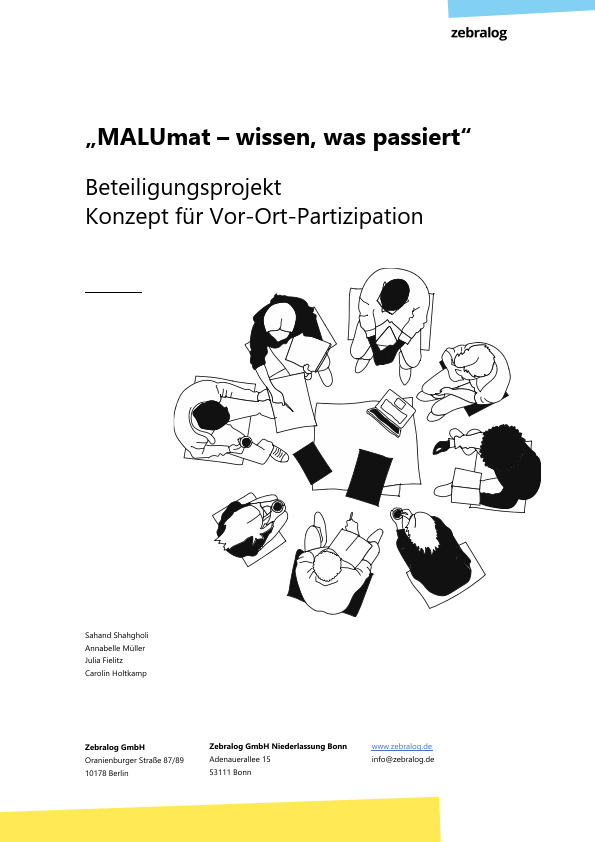
MALUmat – wissen, was passiert (“MALUmat – Knowing what is happening”) – Participation project – Concept for local participation
In cooperation with the cities of Mannheim and Ludwigshafen, we conducted the participation project MALUmat – wissen, was passiert as an example in order to identify the needs and resources of the Turkish-speaking population with regard to warning. The results of the project as well as recommendations for target group-oriented warning are provided in three publications for subject-matter experts.
Development of a national MoWaS online reporting form
By analysing the warning processes in Mannheim and Ludwigshafen as an example, we realised that the reporting forms partly used for triggering a warning have a possible interference potential in case of a warning via MoWaS. In the ISF project, we accordingly developed the prototype of a national “MoWaS online reporting form” together with our project partners to improve the processes.

